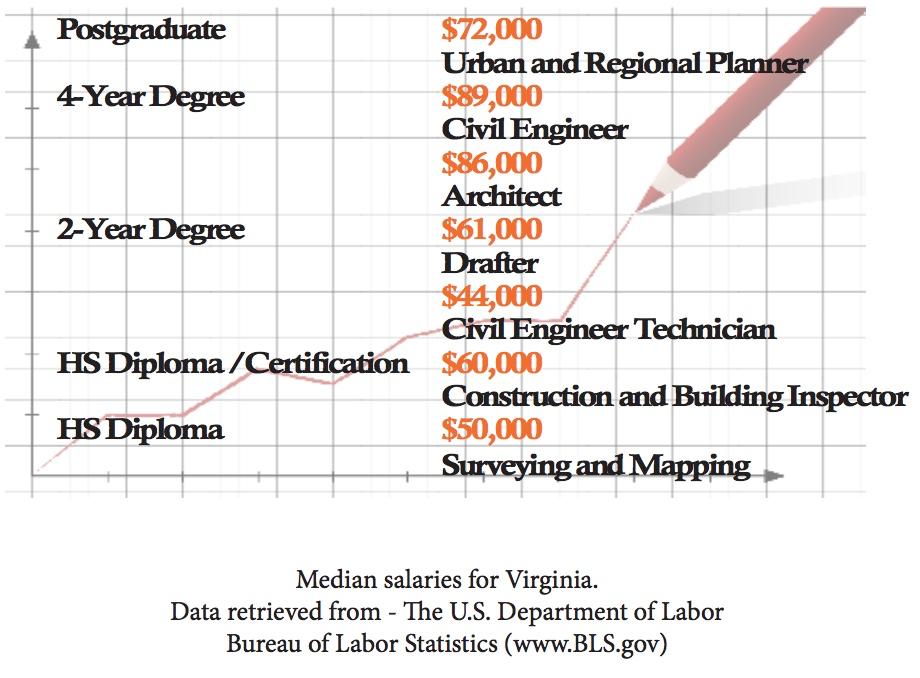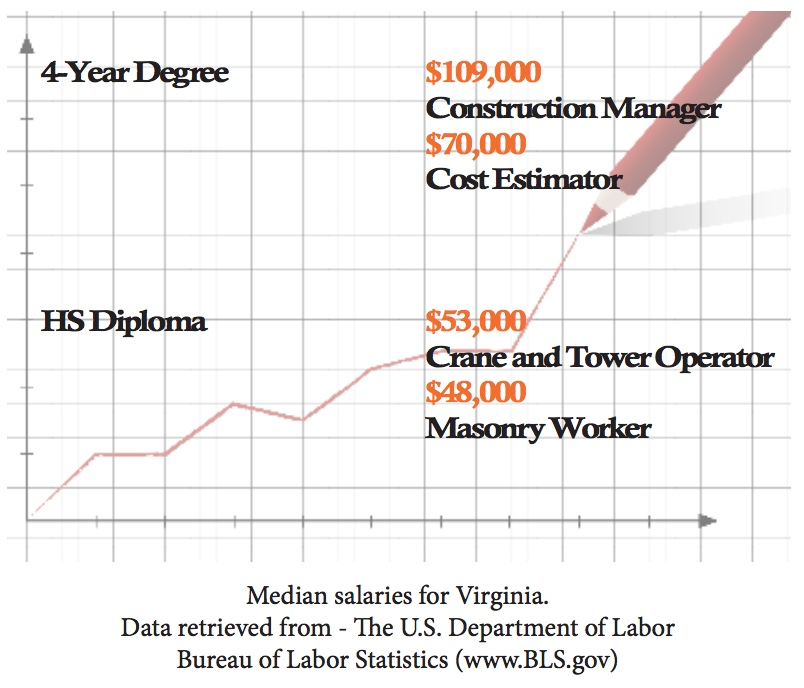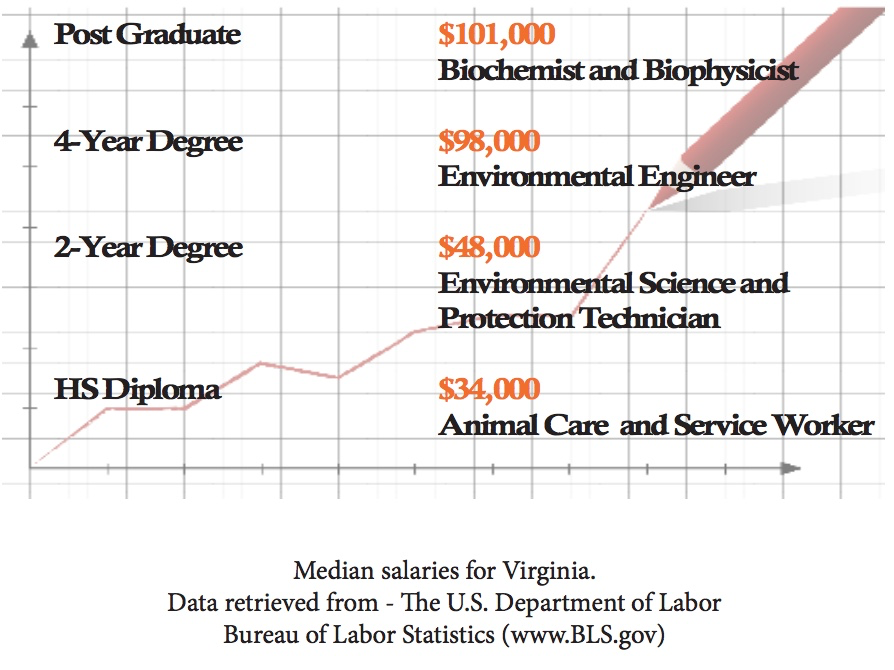AAEE prepares students for the fields related to engineering and architecture that are in high demand. Academy students learn to use the power of science and mathematics to improve the quality of life on earth. Students have ample opportunities to explore the complex worlds of engineering, construction, architecture and green energy through a unique combination of academic and technical education, environmental sciences, and access to industry-aligned technology. Hands-on projects focused on STEM, design, aesthetics, function, and sciences allow students to be creative and develop critical thinking and problem-solving skills. This academy is ideal for students interested in the designing and developing structures within a space or students who are passionate about the Earth’s resources and how to analyze, manage, and protect them. Architectural Engineering, Construction Design and Environmental Studies pathways prepare students for global competitiveness in high-skill, high-wage, and high-demand STEM careers.









